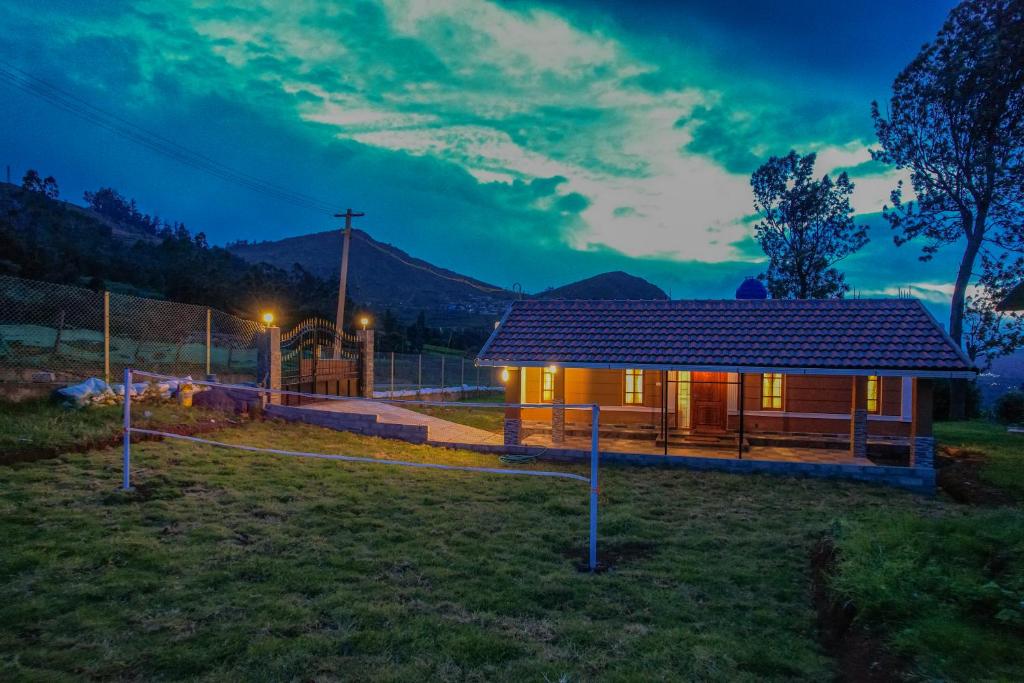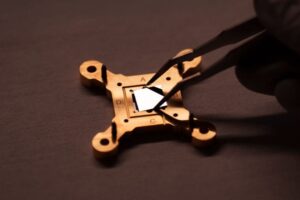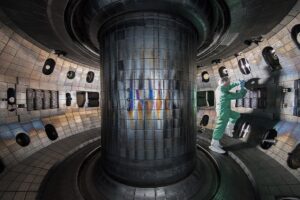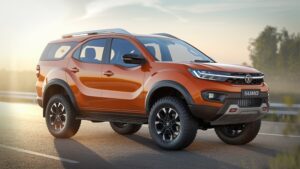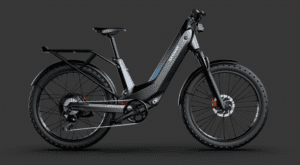 Pin
Pin Image from Fitch Electric
Home energy storage is no longer just for rich techies or off-grid rebels. People want control. The grid’s not reliable in many places, power cuts are getting worse, and electricity prices feel like a slot machine. That’s where home batteries step in—and naturally, everyone asks the same thing: how good is Tesla Powerwall, really?
It’s sleek. It’s smart. It works great with solar. And it’s got that Tesla shine. But that’s also why people are skeptical—does it live up to the hype, or is it just a well-marketed battery?
Tesla didn’t invent the home battery, but it made it cool. You can mount it on your wall, track everything from your phone, and feel a little smug during outages. Still, the Powerwall isn’t alone anymore. Companies like LG, Sonnen, and Enphase are gunning for Tesla’s crown with solid tech and competitive pricing. If you’re in the market, this deep dive will help you see what’s real, what’s fluff, and what’s right for your home.
Table of Contents
How Good is Tesla Powerwall? Let’s Talk Real-World Use
So how good is Tesla Powerwall when it’s actually sitting in your garage or hanging on your wall? The short answer: pretty damn solid—for most people. It gives you backup power when the grid fails, helps you store excess solar energy, and lets you dodge high electric rates if your utility charges based on time-of-use. That’s huge if you’re in places like California, Texas, or parts of India where blackouts are becoming the norm.
One thing people really like is how quiet and clean the system is. No fumes, no buzzing—just smooth, silent power. Plus, Tesla’s app is slick. You can watch your energy flow like a stock chart. Want to store solar in the afternoon and use it at night? Tap a few buttons. Want to sell it back to the grid when rates are high? Boom—done.
Still, Powerwall isn’t cheap. After installation, the whole setup can run over ₹10–12 lakhs in India or $10,000+ in the US. And supply delays? They’re a thing. So the product is strong, but not flawless.
What Tesla Powerwall Does Right (And Why People Love It)
Let’s talk strengths, because how good is Tesla Powerwall really comes down to what it does better than others. First off, the battery is powerful—13.5 kWh capacity is enough to run essentials like lights, fans, fridge, and even a small AC unit for several hours. If you pair it with solar panels, it becomes a beast. You store the extra solar power during the day and use it at night, cutting your electricity bill and your grid reliance.
But what really makes Powerwall a hit is the Tesla ecosystem. If you already have a Tesla car, solar panels, or a Solar Roof, everything connects. The Powerwall becomes the brain of your home’s energy use. Tesla’s software is smart too—it learns your usage patterns, local weather, and grid conditions to optimize storage.
People also love how it kicks in during outages within a second. You barely notice the power went out. No loud generator noise. No fuel. Just a clean switch to battery power, like flipping a light.
Where Tesla Powerwall Falls Short
As much as people hype it up, Tesla Powerwall isn’t perfect. And if you’re serious about buying one, it’s important to know the rough edges. So how good is Tesla Powerwall really when you factor in the downsides? For starters, availability is a pain. Demand is high, and Tesla prioritizes customers who buy their full solar package. So if you just want the battery alone, expect long wait times—or to go through a certified installer who may charge more.
Then there’s the price creep. The base unit might seem okay, but once you add the hardware, permits, wiring, and installation labor, the total cost shoots up. Some users end up paying double what they expected.
Also, Powerwall doesn’t work with every solar inverter out there. If you’ve got an older solar setup, you might need to upgrade your inverter just to use it. That adds another bill to the pile. So while it’s a solid product, the real-world setup can get complicated—and expensive—fast.
LG Energy Solution RESU – The Silent Rival with a Strong Game
 Pin
Pin Image from VP Solar
If you’re not locked into the Tesla hype, LG’s RESU batteries are seriously worth looking at. LG isn’t some startup—they’ve been in the battery game for a long time, and it shows in how stable and compatible their systems are. The RESU (short for Residential Energy Storage Unit) comes in different sizes, from 6.5 kWh to 13 kWh, and it plays well with a wide range of solar inverters like SolarEdge, SMA, and Fronius.
Here’s where it wins: flexibility and reliability. People say LG RESU batteries are dependable workhorses. Not flashy, not trying to be the iPhone of batteries—just solid gear that stores your solar power and keeps your home running when the grid goes down. They’re also more modular, so you can start small and add more capacity later if needed.
In terms of pricing, they’re usually a bit cheaper than Tesla Powerwall, especially if you already have a solar setup and just want a battery add-on. So yeah—if you’re asking how good is Tesla Powerwall compared to others, LG is a quiet but powerful contender.
Enphase IQ Battery – Smart, Modular, and Built for Solar Nerds
 Pin
Pin Image by Enphase
If you’re someone who geeks out over smart home tech, the Enphase IQ Battery is going to catch your attention. Enphase isn’t just a battery company—they’re known for their solar microinverters, which means their tech is already in tons of rooftops. Their battery system is modular, meaning you can start small (just 3.3 kWh) and stack more as your needs grow. It’s a huge plus for people who want to expand gradually without shelling out a huge amount upfront.
When comparing how good is Tesla Powerwall versus Enphase, here’s the catch: Enphase systems integrate like a charm with existing solar setups, especially if you already have Enphase inverters. Their app—Enlighten—is sleek, packed with data, and super user-friendly. You get control over what loads get backed up, real-time monitoring, and automatic storm alerts that prep your battery before bad weather.
But don’t expect it to be cheap. When fully installed, it can cost as much as a Powerwall. Still, for control freaks and solar lovers, Enphase is a high-IQ option worth every rupee or dollar.
Sonnen Eco – A Sustainable Option with Extra Features
 Pin
Pin Image from Sonnen Batterie
Looking for something that aligns with your eco-conscious lifestyle? Sonnen Eco might just be the home battery for you. This German-made battery isn’t just about storing energy—it’s about making your home energy-efficient and sustainable. The Sonnen Eco uses lithium iron phosphate (LiFePO4), known for being one of the safest and most durable battery chemistries around. It’s designed to last much longer than traditional lithium-ion batteries, giving you peace of mind for years.
Where Tesla Powerwall focuses on high-tech features, Sonnen Eco has a more eco-centric approach. The system includes energy management software that helps reduce energy consumption and carbon footprint. Plus, you can even share your stored energy with a community of other Sonnen users in your area, turning your home into part of a larger grid-sharing system. Talk about next-level sustainability!
However, all this comes with a price. Sonnen Eco is more expensive than other batteries, and its availability is limited to certain regions. Still, for those looking to go green and take energy independence seriously, it’s a solid alternative to the Powerwall.
Generac PWRcell – The Backup Power Champion
 Pin
Pin Image from Generac PWRcell
Generac is a name that many recognize from backup generators, and their PWRcell battery system brings that same sense of reliability to home energy storage. If you live in an area prone to long blackouts or harsh weather conditions, the PWRcell might be exactly what you need. Generac’s battery packs come in modular sizes, starting at 9 kWh and expanding to 18 kWh, allowing you to scale up depending on your backup power needs.
The standout feature here? Whole-home backup. While Tesla Powerwall covers most essential home needs, Generac can take on more—providing power to everything in your house, from lights to appliances, during a blackout. If you live in places like Florida or Texas, where hurricanes and storms are frequent, Generac’s ability to back up your entire home could make all the difference. Plus, it integrates well with Generac’s generators, meaning you’re set for both short and long-term outages.
However, the price tag is steep, and the setup can be more complex. But if you’re looking for rugged, dependable backup power, Generac PWRcell is hard to beat.
Blue Planet Energy – The High-End Choice for Energy Independence
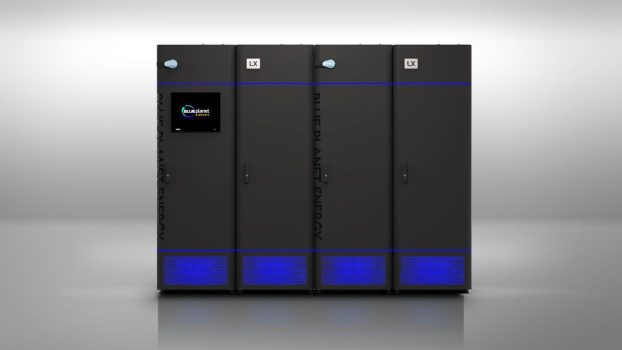 Pin
Pin Image from Blue Planet Energy
For those looking to take their energy independence to the next level, Blue Planet Energy offers a premium solution that goes beyond just backup power. Known for its durability and high performance, the Blue Planet Energy system uses lithium iron phosphate (LiFePO4) batteries, just like Sonnen Eco, providing longevity and safety. But what sets Blue Planet apart is its focus on off-grid capabilities, making it a solid choice for people in remote areas or those aiming for total self-sufficiency.
In terms of scalability, Blue Planet Energy doesn’t disappoint. You can start with a smaller setup and expand over time as your energy needs grow. But here’s the kicker—it’s built for those who want total control over their energy system. With high-end inverters and an integrated system, the Blue Planet Energy setup lets you manage everything from your mobile device. The only downside? The price. It’s a significant investment, but for people who are serious about energy independence, it’s well worth considering.
So, how good is Tesla Powerwall compared to Blue Planet Energy? While Tesla leads in mass-market appeal, Blue Planet Energy caters to those who want a custom, off-grid solution that’s top-tier in performance and reliability.
BYD Battery-Box – The Flexible and Safe Energy Storage Solution for Your Home
 Pin
Pin Image by BYD
BYD’s Battery-Box is a modular lithium iron phosphate (LiFePO4) battery system, similar to other high-end home batteries like the Tesla Powerwall. It’s designed for both residential and small commercial use, providing backup power and energy storage for solar systems. The Battery-Box comes in different sizes, with the most common version offering storage capacities ranging from 5.1 kWh to 13.8 kWh per unit.
Key Features:
- Modular Design: You can start with a smaller capacity and expand as needed, making it more customizable for different home sizes and energy needs.
- Safety: The lithium iron phosphate technology is known for its superior safety and longevity, offering a longer lifespan compared to standard lithium-ion batteries.
- Integration: The Battery-Box integrates with a variety of solar inverters and systems, giving homeowners flexibility in their choice of energy setup.
- Efficiency: BYD batteries are known for their high charge/discharge efficiency and are often considered more energy-efficient than other options.
- Cost: The BYD Battery-Box is typically priced similarly to other high-end batteries like the Tesla Powerwall. However, prices can vary significantly based on capacity, installation, and additional features such as inverters.
When comparing BYD Battery-Box to the Tesla Powerwall, the BYD system is a solid alternative, especially for those who prioritize safety, longevity, and flexibility. It doesn’t have the same brand recognition as Tesla, but it offers strong performance and is often regarded as one of the most reliable alternatives to Powerwall in markets outside of the U.S.
If you’re looking for a BYD Powerwall or something similar, the BYD Battery-Box is an excellent choice that can rival the Tesla Powerwall, especially in terms of safety, modularity, and integration with solar systems. It’s a strong option to consider for those wanting an alternative to Tesla’s offering.
Final Verdict: Tesla Powerwall vs. Competitors
Choosing between Tesla Powerwall and its competitors really boils down to what you’re looking for in a home energy storage system. Each option—whether it’s the Tesla Powerwall, BYD Battery-Box, or other alternatives like LG RESU or Generac PWRcell—offers unique strengths, but there’s a reason why Tesla has taken a strong lead in this market.
The Tesla Powerwall shines with its integrated ecosystem, sleek design, and high-tech features. It’s perfect for those who want a user-friendly system with solid monitoring, updates, and easy solar integration. If you’re already invested in Tesla’s products or prefer a hassle-free experience with continuous improvements, Powerwall is likely your best choice.
However, if you’re looking for something more customizable, safer, or cost-effective, competitors like BYD Battery-Box and LG RESU are excellent alternatives. The BYD Battery-Box stands out with its modularity and long-term durability, while LG RESU offers a more affordable, reliable option with great integration with various inverters.
Other contenders like Generac PWRcell and Enphase IQ cater to specific needs, whether it’s whole-home backup or smart solar integration, proving that there’s no single “best” battery for everyone. For those focused on emergency backup or eco-friendly features, Sonnen Eco also deserves attention.
Ultimately, it’s not about which battery is “better” overall—it’s about what fits your needs. Whether it’s the ease and elegance of Tesla Powerwall or the scalability and safety of BYD or LG, each system brings something valuable to the table. Assess your priorities—whether it’s cost, longevity, modularity, or integration—and you’ll find the best fit for your energy goals.
FAQs
The Tesla Powerwall is renowned for its seamless integration with Tesla solar products, easy installation, and user-friendly app control. It provides reliable home energy storage, allowing you to store excess solar energy and use it during power outages or at peak hours. The Powerwall also offers software updates, ensuring it continues to improve over time, and its sleek design fits easily into modern homes.
While the Tesla Powerwall is one of the most popular options on the market, it has several strong competitors, including BYD Battery-Box, LG RESU, and Generac PWRcell. Tesla Powerwall stands out for its high-tech features, seamless integration with solar systems, and sleek design. However, competitors like BYD Battery-Box offer modularity, LG RESU provides affordable alternatives, and Generac PWRcell excels in whole-home backup solutions.
The Tesla Powerwall offers several benefits, including storing energy generated by solar panels, reducing reliance on the grid, and providing backup power during outages. It is also known for its ease of installation, smart app integration, and continuous software updates that optimize performance. Tesla’s strong brand reputation and customer support are additional benefits for homeowners considering the Powerwall.
Despite its many advantages, the Tesla Powerwall has a few drawbacks. It is relatively expensive compared to some competitors, and installation costs can be high, depending on your location and the complexity of the setup. Additionally, it can only be installed by Tesla-certified installers, which can limit availability in some areas.
The best alternative to the Tesla Powerwall depends on your specific needs. If you’re looking for a more affordable option with similar features, LG RESU is a great choice. For those wanting a modular design that can grow with your needs, the BYD Battery-Box offers flexibility. If your priority is whole-home backup, the Generac PWRcell system is ideal. Ultimately, the best alternative depends on your energy requirements, budget, and the features you value most.










